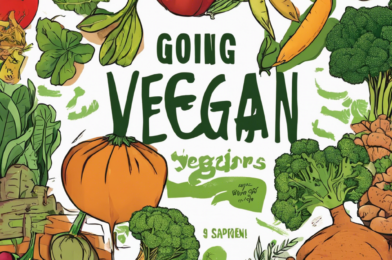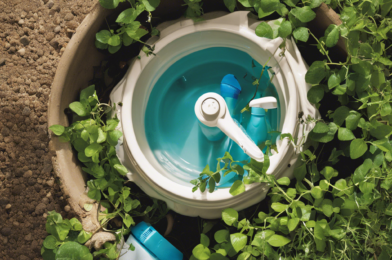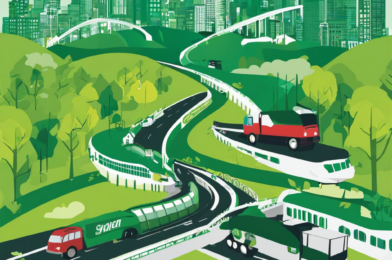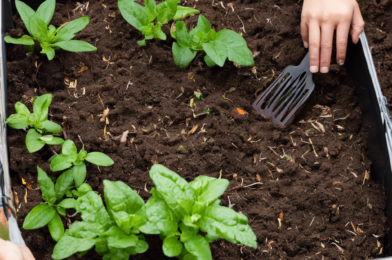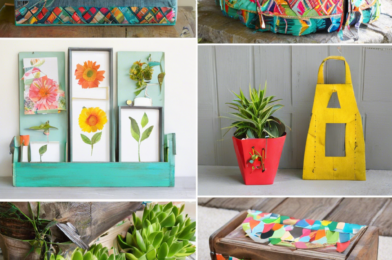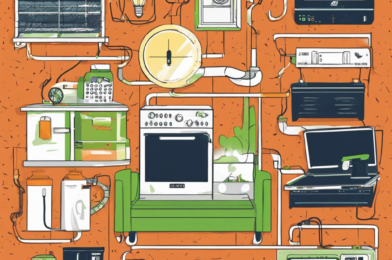In today’s consumerist culture, it’s easy to get caught up in a cycle of constant buying and spending. We are bombarded with advertisements and influenced by social media trends that promote the latest fashions, gadgets, and products. This often leads to impulse purchases and a mindset of always wanting more. However, there is a growing movement of individuals who are embracing mindful consumption and choosing to buy less and live more.
Mindful consumption is about being intentional and conscious of our purchasing decisions. It involves pausing to consider whether we truly need an item, understanding the impact of our purchases on the environment and society, and reflecting on how our spending aligns with our values and long-term goals. By adopting this mindset, we can make more thoughtful choices, reduce our environmental footprint, and ultimately improve our overall well-being.
One key aspect of mindful consumption is developing an awareness of our triggers for buying impulsively. Often, our purchases are driven by emotional needs or a desire to fill a void. By recognizing these triggers, we can find alternative ways to meet our emotional needs, such as engaging in activities that bring us joy or spending time with loved ones. This helps shift our focus away from material possessions and towards experiences and connections that truly enrich our lives.
Simplifying our lives and reducing clutter is another important aspect of mindful consumption. By owning fewer things, we gain more time and freedom as we spend less time managing and organizing our possessions. It also fosters a sense of contentment and gratitude for what we already have, encouraging us to make more thoughtful purchases in the future.
Additionally, mindful consumption involves seeking out high-quality, durable goods that will last a long time. This contrasts the fast-fashion or disposable culture that has become prevalent in today’s society. By investing in well-made items, we not only reduce the environmental impact of producing and disposing of cheap goods, but we also save money in the long run by avoiding frequent replacements.
Another key practice is to support businesses and brands that align with our values. This may include companies that prioritize sustainability, ethical production, or social responsibility. By voting with our wallets, we can promote positive change and encourage more businesses to adopt mindful practices.
Mindful consumption also extends to our food choices. Being mindful of our consumption habits involves reducing food waste, supporting local farmers and producers, and choosing organic or sustainably sourced options whenever possible. This not only reduces our environmental impact but also promotes a healthier relationship with food.
Finally, mindful consumption is about finding joy and fulfillment in experiences rather than material possessions. By investing time and energy in activities that bring us true happiness, such as pursuing a hobby, traveling, or volunteering, we create meaningful memories and a richer, more fulfilling life.

